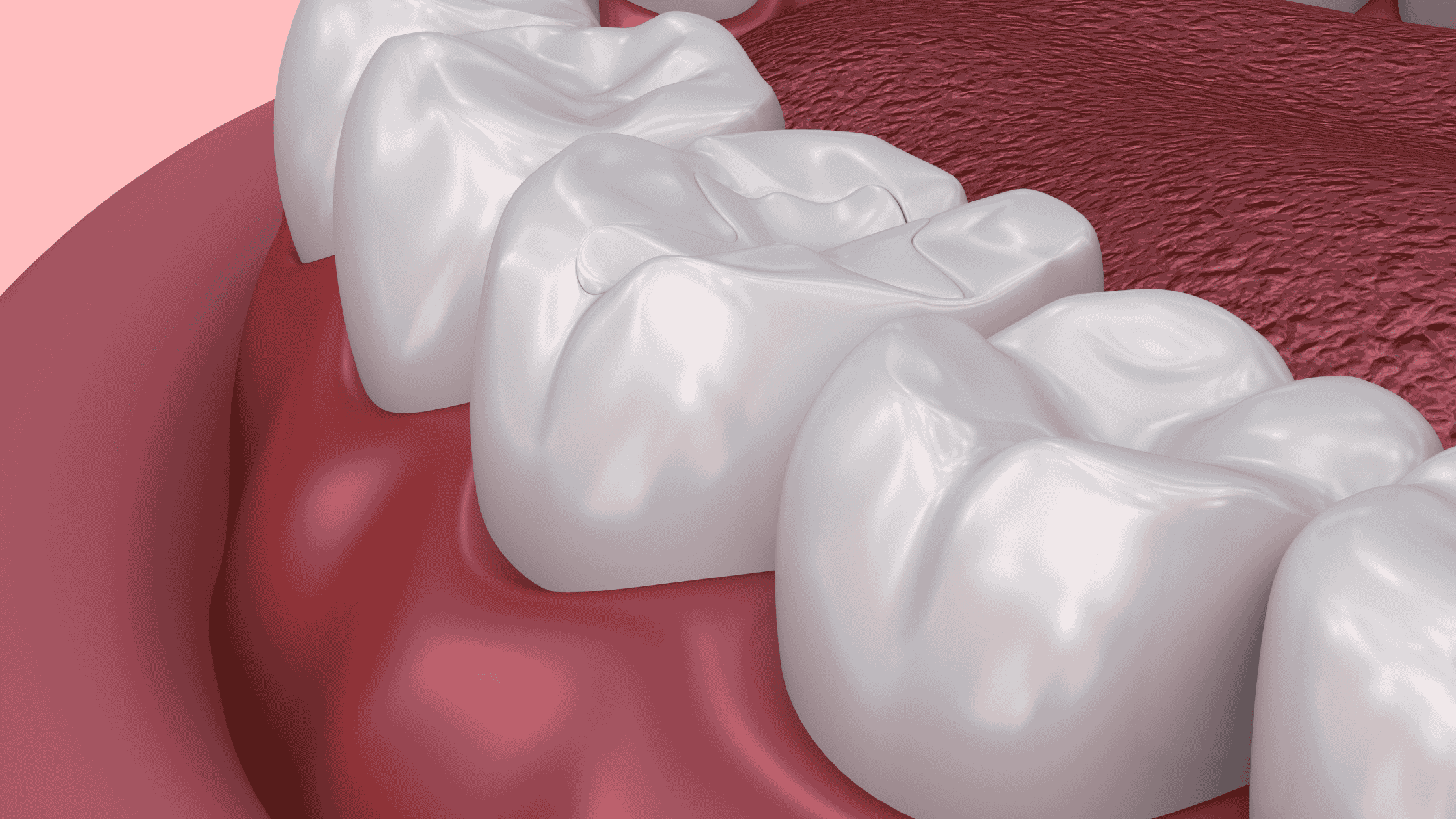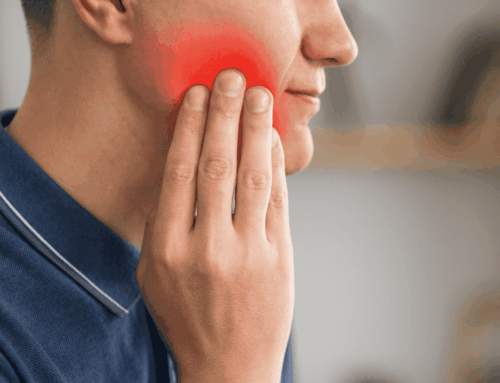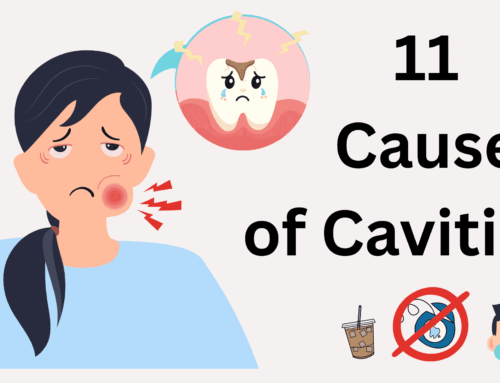By Dr. Nihal Nayak | General Dentist, BBiomedSc (Aus), BBiomedSc (Hons), BDentHSc (Aus), MDent (Aus)
If you’ve recently had a temporary filling placed, you might be wondering how long it’s meant to last, and what happens if it stays in too long. The truth is, temporary fillings aren’t designed to stick around forever. They’re just one step in your treatment plan, giving your tooth some breathing room until your next dental appointment.
Still, it’s important to know what to expect. Whether you’re waiting for a permanent crown, recovering from a root canal, or just managing decay until a more permanent solution can be applied, understanding how long a temporary filling holds up can help you avoid future complications. In this guide, we’ll walk you through how long they typically last, what can affect their lifespan, and what signs to look out for if something’s not quite right.
Key Takeaways
Temporary fillings usually remain effective for about 6 to 8 weeks. Although they might hold up a bit longer with good oral care, they aren’t meant for extended use and should be swapped out for a permanent filling at the earliest opportunity.
How Long Do Temporary Fillings Last?
Temporary fillings typically last between 6 and 8 weeks, but some may start to break down much sooner depending on where they’re placed and how well you look after them. They’re made from softer materials, which means they’re more vulnerable to wear from chewing, brushing, or teeth grinding. While good oral care can help them last a bit longer, they’re still only meant to be a short-term solution.
As your local dental care providers in Doncaster, we recommend replacing temporary fillings with a permanent one as soon as possible. Leaving a temporary filling in too long can increase your risk of decay, discomfort, or even infection.
What Are Temporary Fillings?
Temporary fillings are short-term dental materials used to protect a tooth between treatments. Dentists often place them after procedures like root canals, deep cavity cleaning, or while waiting for a custom crown or permanent filling. They help seal the tooth, reduce sensitivity, and keep bacteria out while the tooth heals or until your next appointment.
Unlike permanent fillings, they’re not built to last. They’re made from softer, more flexible materials that are easier to remove later. While they serve an important role in your dental care, they’re really just a placeholder, designed to buy your tooth some time before final restoration. Think of them as a protective bandage rather than a long-term fix.
Temporary Filling vs Permanent Filling
Both types of fillings play an important role in dental care, but they’re built for different timelines and situations. If you’re unsure about the difference, here’s a side-by-side comparison to help you understand what sets them apart:
|
Feature |
Temporary Filling | Permanent Filling |
|---|---|---|
| Purpose | Short-term fix during ongoing treatment | Long-term restoration after treatment is complete |
| Material | Soft and easy to remove (e.g. zinc oxide) | Durable (e.g. composite resin, porcelain, amalgam) |
| Lifespan | Lasts a few days to several weeks | Designed to last several years |
| Strength | Weaker, not meant for heavy chewing | Strong enough to handle daily wear |
| Removal | Easily removed by your dentist | Meant to stay in place permanently |
| When It’s Used | After root canals, in-between appointments, or while waiting for lab work | Once treatment is finalised and the tooth is ready |
| Feature | Temporary Filling | Permanent Filling |
|---|---|---|
| Purpose | Short-term fix during ongoing treatment | Long-term restoration after treatment is complete |
| Material | Soft and easy to remove (e.g. zinc oxide) | Durable (e.g. composite resin, porcelain, amalgam) |
| Lifespan | Lasts a few days to several weeks | Designed to last several years |
| Strength | Weaker, not meant for heavy chewing | Strong enough to handle daily wear |
| Removal | Easily removed by your dentist | Meant to stay in place permanently |
| When it's Used | After root canals, in-between appointments, or while waiting for lab work | Once treatment is finalised and the tooth is ready |
What to Do If Your Temporary Filling Falls Out
If your temporary filling falls out, don’t panic, but don’t ignore it either. While it’s not unusual for these fillings to loosen over time, leaving the tooth exposed can invite bacteria and lead to pain or further damage. The key is to act quickly and carefully until you can get back to your dentist.
Start by gently rinsing your mouth with warm salt water to keep the area clean. Avoid chewing on that side of your mouth, especially anything hard or sticky. If there’s any sensitivity, an over-the-counter dental wax or temporary repair kit from the chemist can offer short-term relief. But keep in mind, these are only stopgaps. You’ll still need to book a dental appointment as soon as possible to have it properly replaced or restored.
How to Make Your Temporary Filling Last Longer
Temporary fillings can hold up well with the right care, but they do need a little extra attention. Here are simple ways to help extend their lifespan until your next appointment:
- Chew on the opposite side: Avoid putting pressure on the filled tooth while eating.
- Skip hard or sticky foods: Things like nuts, lollies, or chewing gum can dislodge the filling.
- Brush gently: Use a soft-bristled toothbrush and take care not to scrub directly over the area.
- Be careful with flossing: Don’t force floss between teeth near the filling, as it could pull it out.
- Avoid grinding: If you grind your teeth, especially at night, wear a mouthguard to protect the filling.
- Watch for signs of trouble: If you feel sensitivity, pressure, or the filling starts to loosen, contact your dentist.
Final Thoughts
Temporary fillings are a helpful step in your dental treatment, but they’re not meant to stick around for long. The key is to follow your dentist’s advice, look after the area, and make sure you return for the permanent solution before issues arise. A little care now can save you a lot of trouble later.
We’re here to guide you every step of the way, from your first visit to your final restoration. If your temporary filling has come loose or you’re due for a follow-up, don’t wait. Book an appointment with our team today and let us help you keep your smile healthy and protected.
Author

General Dentist – BBiomedSc (Aus), BBiomedSc (Hons), BDentHSc (Aus), MDent (Aus)
Dr. Nihal Nayak is a highly qualified general dentist with a strong academic foundation in biomedical and dental sciences.
Passionate about comprehensive patient care, he takes pride in creating a welcoming environment while delivering clinical excellence.
His goal is to empower patients with knowledge and confidence in every aspect of their dental health.






